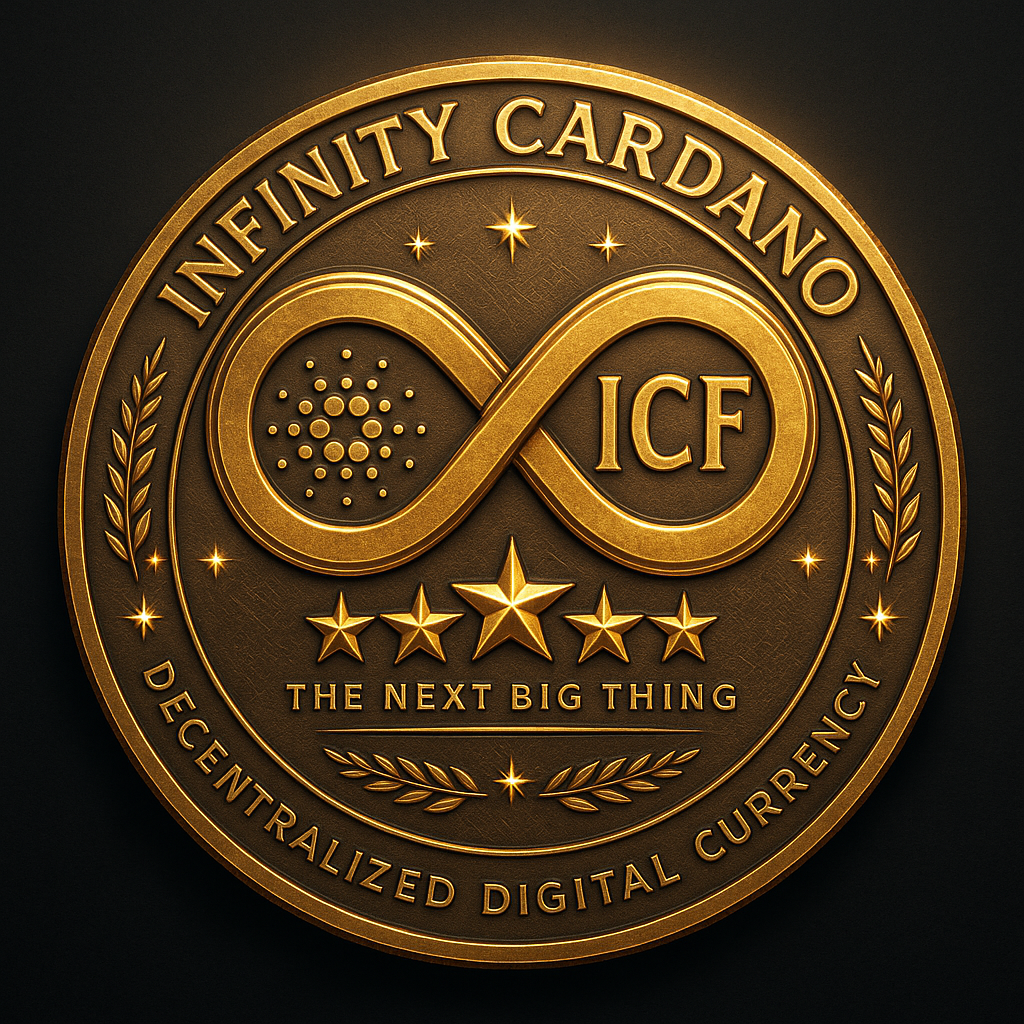
Introduction: The Real Yield Shift on BNB Chain
Over the past two years, the BNB Chain has been building momentum as one of the most active smart contract blockchains in the world. Unlike its early days of meme-token speculation, today’s ecosystem is centered around real yield – sustainable revenue-sharing mechanisms that reward long-term participants instead of speculative traders.
Real yield means projects no longer rely solely on inflationary emissions but on actual profits from trading fees, lending markets, staking, and on-chain utilities. This model is helping BNB Chain attract institutional liquidity and serious investors who seek stability, not just short-term hype.
Why Real Yield Matters
Sustainability and Investor Confidence
One of the biggest weaknesses in DeFi 1.0 was unsustainable tokenomics. Projects would promise high APYs, but those yields came from printing tokens rather than genuine revenue. Real yield fixes this by ensuring rewards come from actual usage and cash flow. This gives investors a stronger sense of confidence, knowing that they are earning from utility rather than inflation.
BNB Chain’s Role
With its low fees, developer support, and growing ecosystem, BNB Chain has become a natural home for these real yield projects. Protocols like liquid staking platforms, decentralized exchanges (DEXs), and lending markets are leading the way, providing both accessibility and scalability.
Infinity Cardano (ICF) and the Real Yield Narrative
Infinity Cardano (ICF) is uniquely positioned to integrate into this evolving ecosystem. With a fixed 1B supply and multiple real-world utilities such as staking, DAO participation, NFTs, agriculture, green energy, education, and e-commerce, ICF naturally aligns with the principles of real yield.
- Staking: ICF staking mechanisms can share yield directly from ecosystem profits, not inflation.
- DAO: Community governance ensures revenue is distributed fairly and reinvested wisely.
- Green Energy & Agriculture: Partnerships in these sectors generate real-world income streams, bridging crypto with tangible assets.
- E-commerce: Transaction fees from ICF-powered marketplaces contribute directly to real yield rewards.
By following this model, ICF mirrors the most successful strategies on BNB Chain while staying rooted in its Cardano-inspired identity.
Comparing ICF with BNB Chain’s Leading Sectors
| BNB Chain Sector | Revenue Model | ICF Alignment |
|---|---|---|
| DEX Platforms | Trading fees shared with stakers | ICF staking revenue sharing |
| Lending Protocols | Interest from loans and borrowing | DAO-controlled treasury investments |
| NFT Marketplaces | Royalties & transaction fees | ICF NFT integration and royalties |
| Green Finance | Carbon credits & energy trading | ICF green energy projects |
| E-commerce | Transaction fees & logistics | ICF-powered commerce platforms |
This alignment demonstrates that Infinity Cardano is not just following trends – it is actively bridging them.
Investor Takeaway
The future belongs to projects that create sustainable, real-world value. Infinity Cardano and BNB Chain are aligned in building ecosystems that thrive on actual usage, not speculation.
For investors, this means that supporting ICF today is not just about betting on a token; it’s about being part of an ecosystem that merges DeFi, real-world businesses, and community-driven governance. With liquidity locked until 2027 and a TGE set for December 25, 2025, ICF is prepared for a long-term growth journey.
